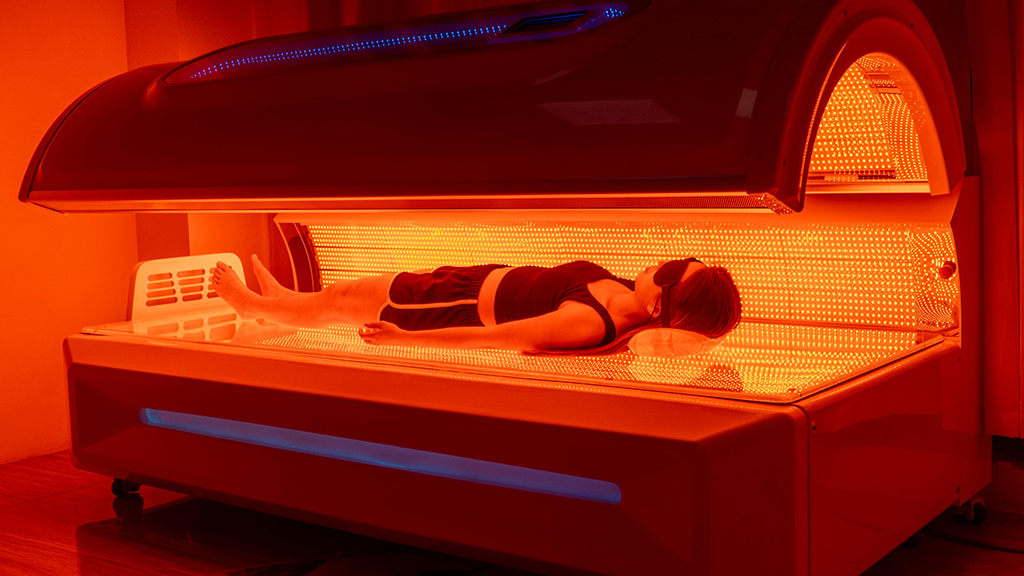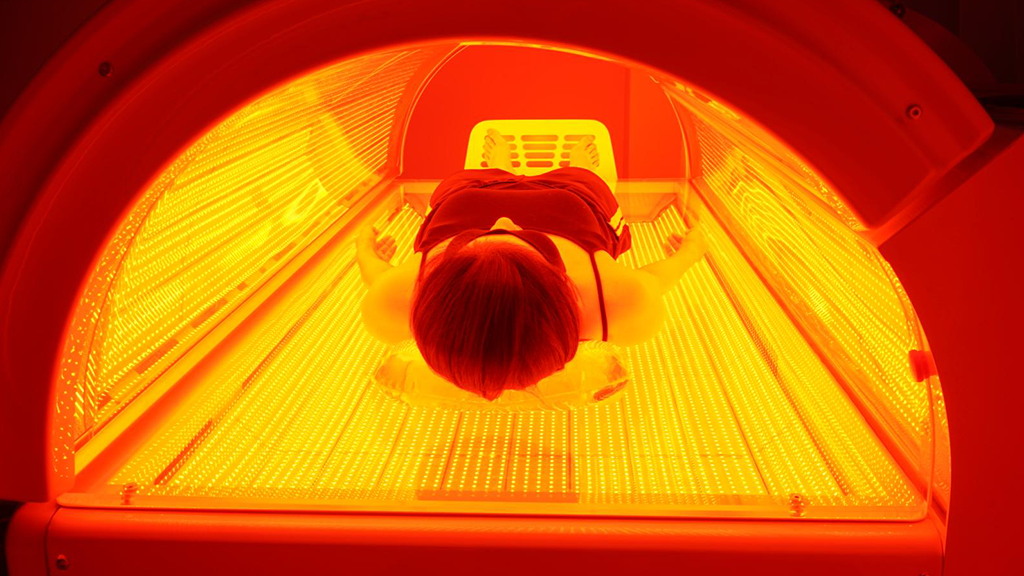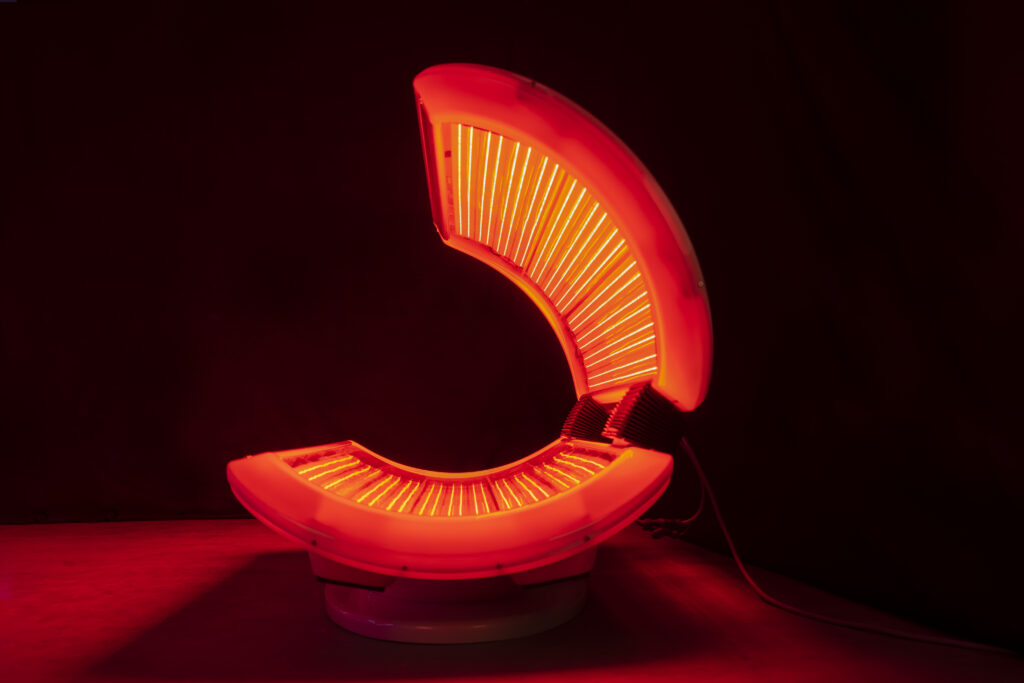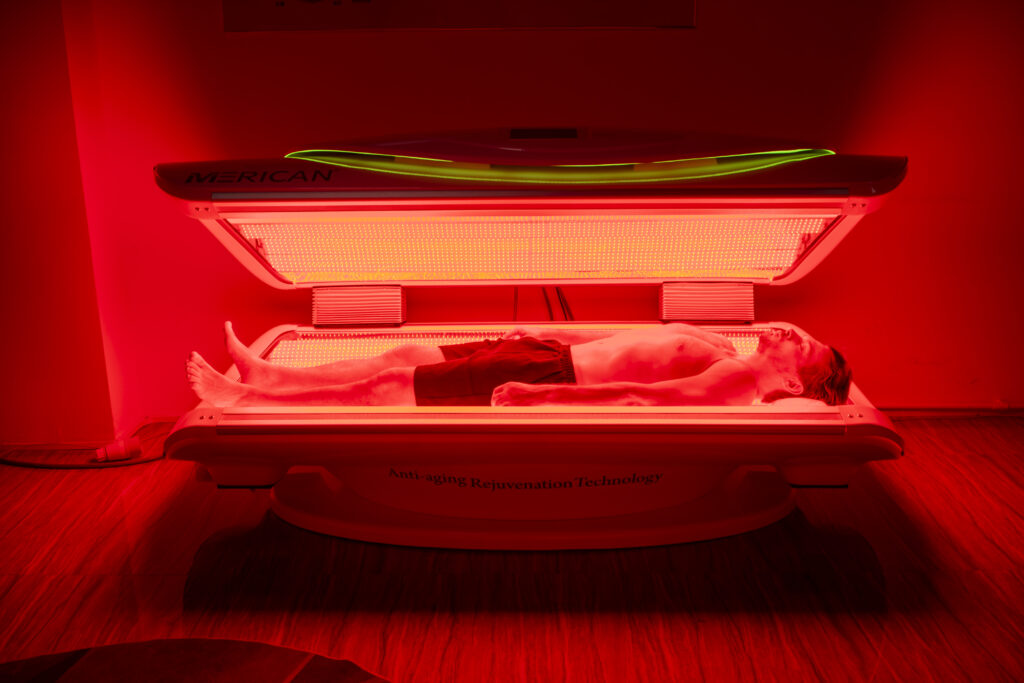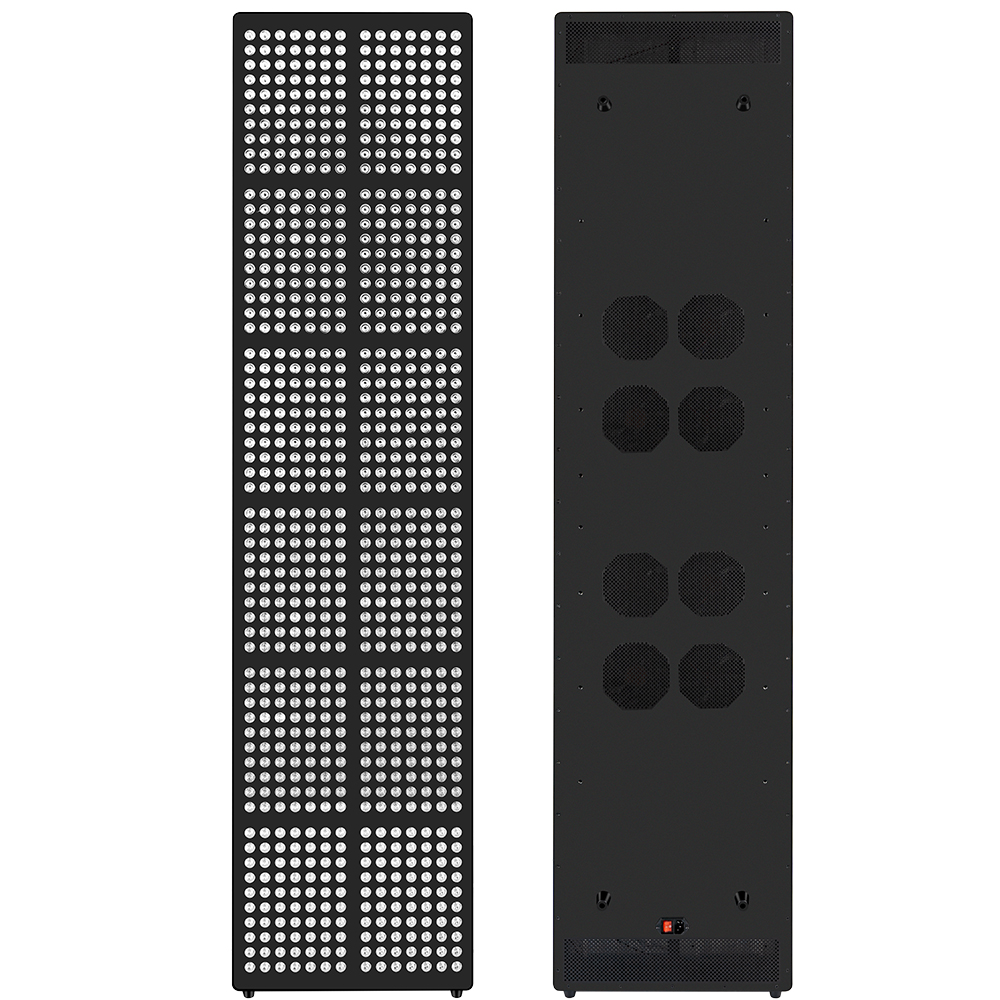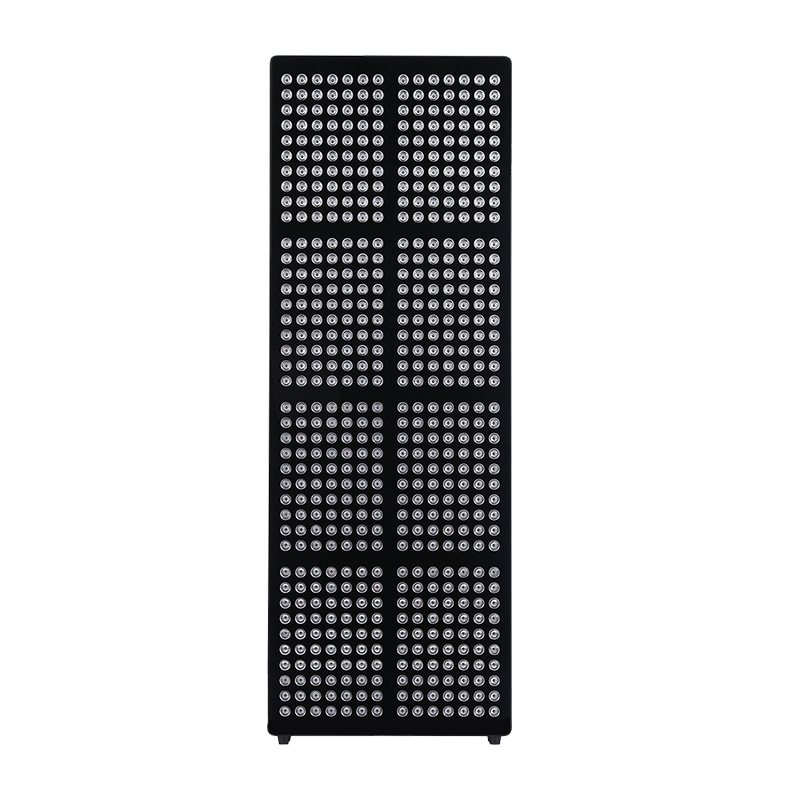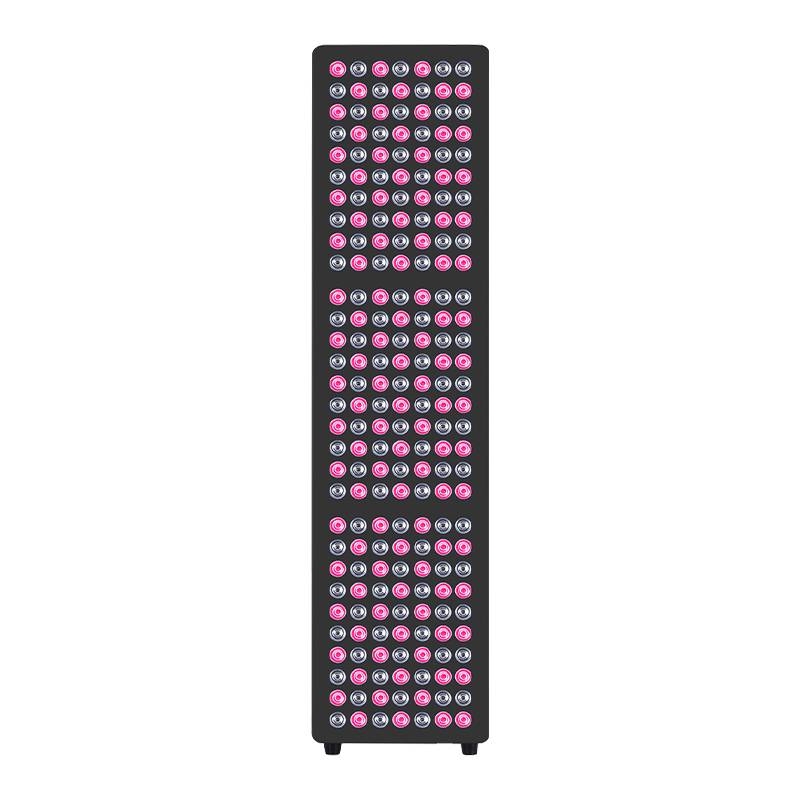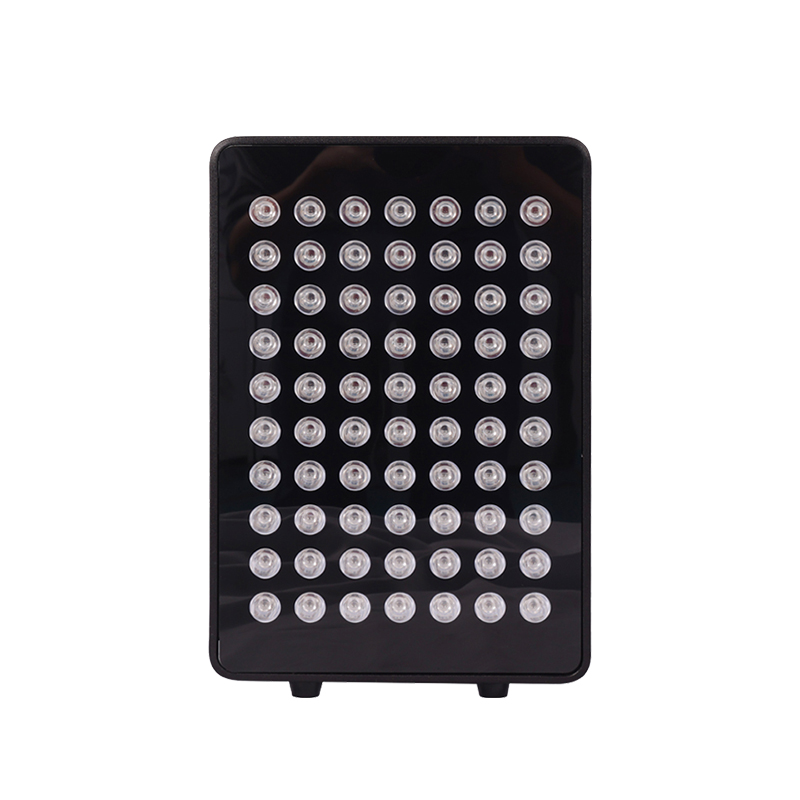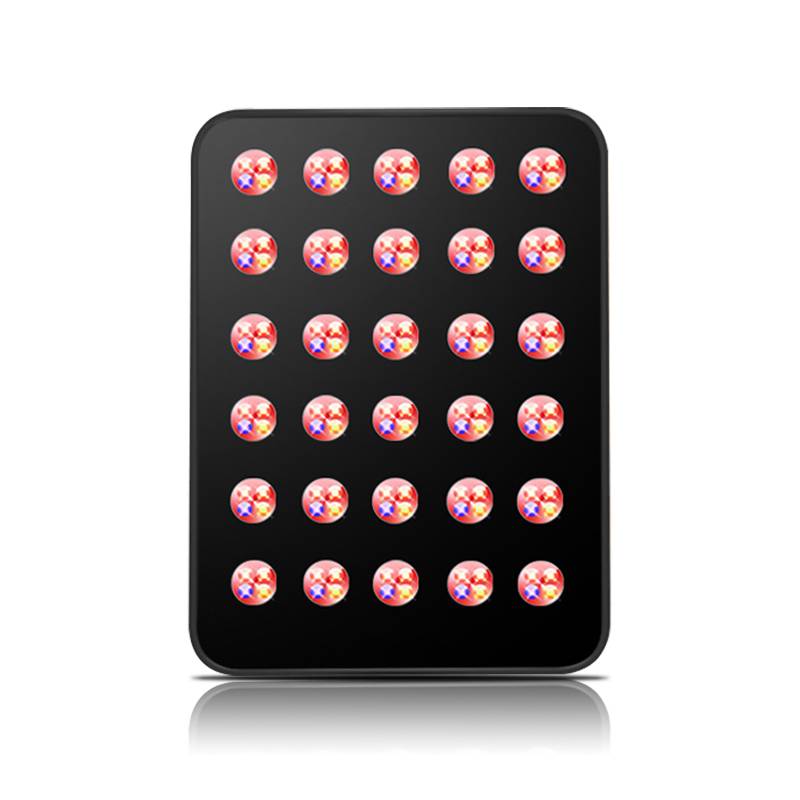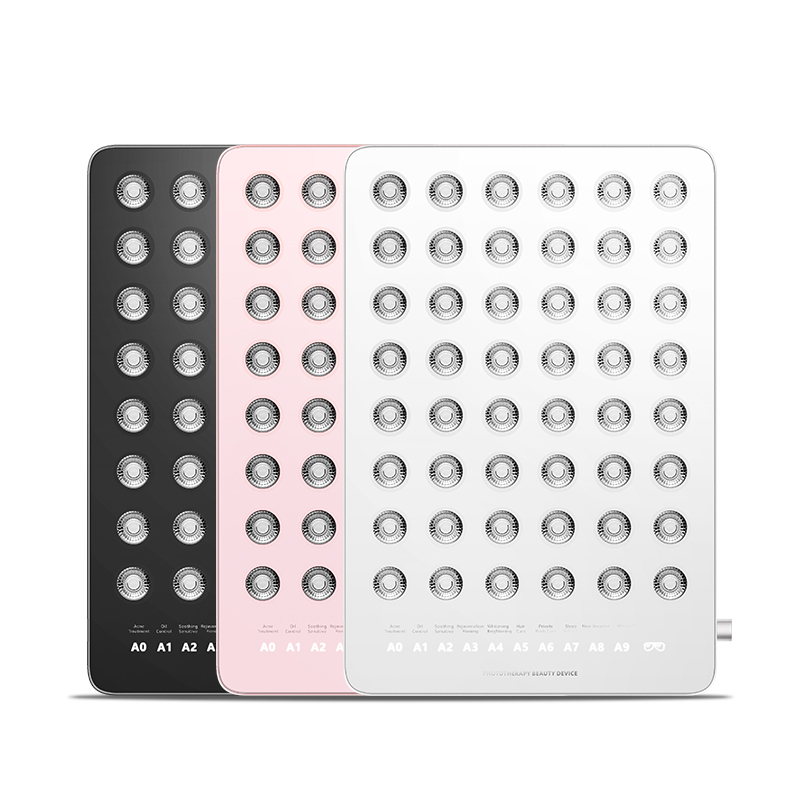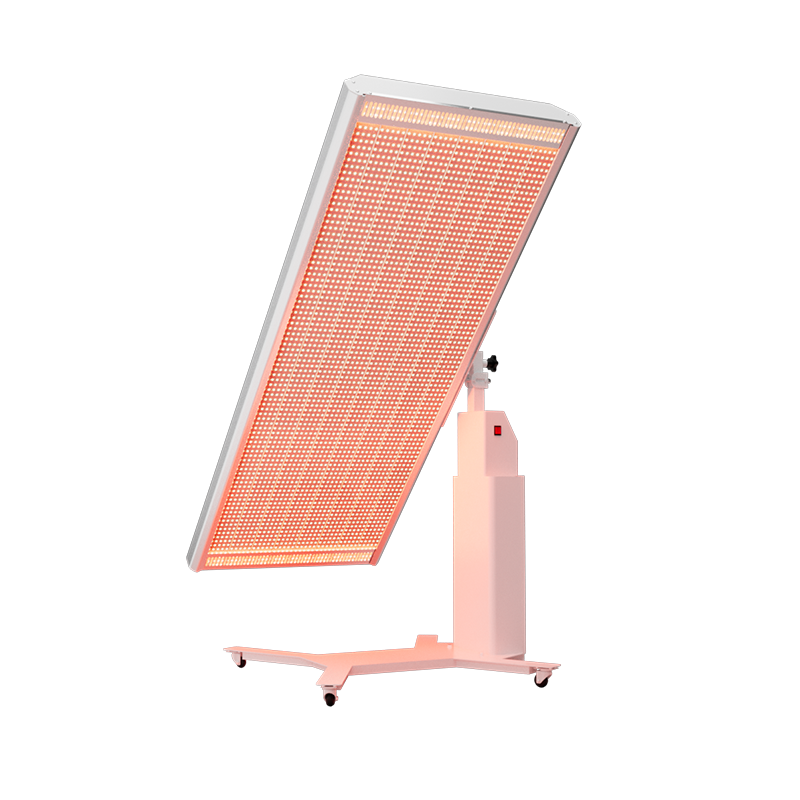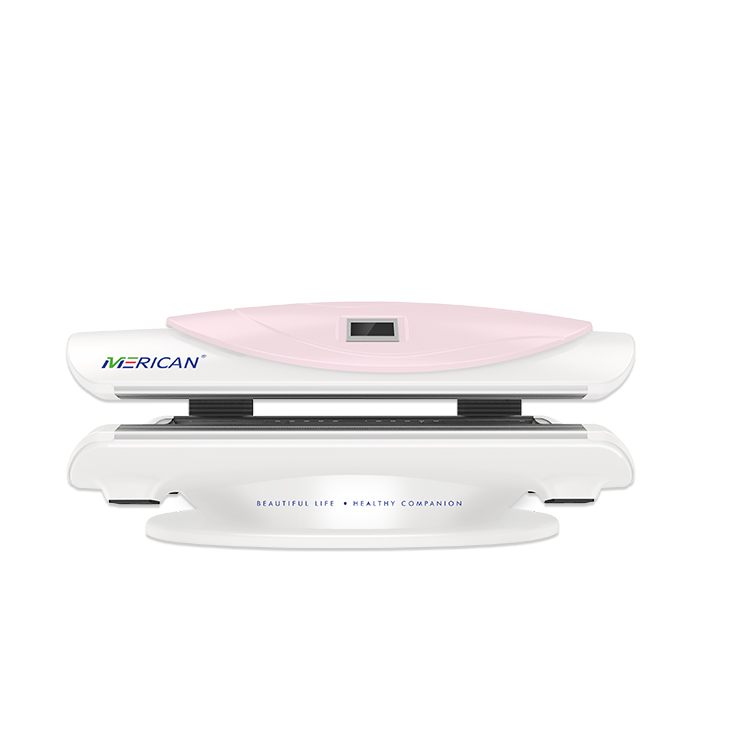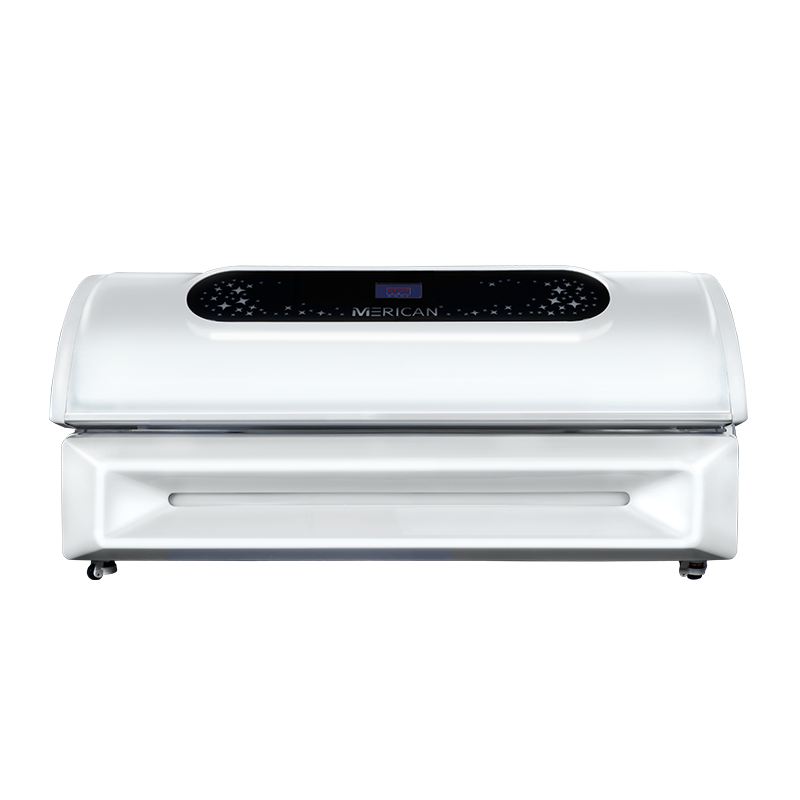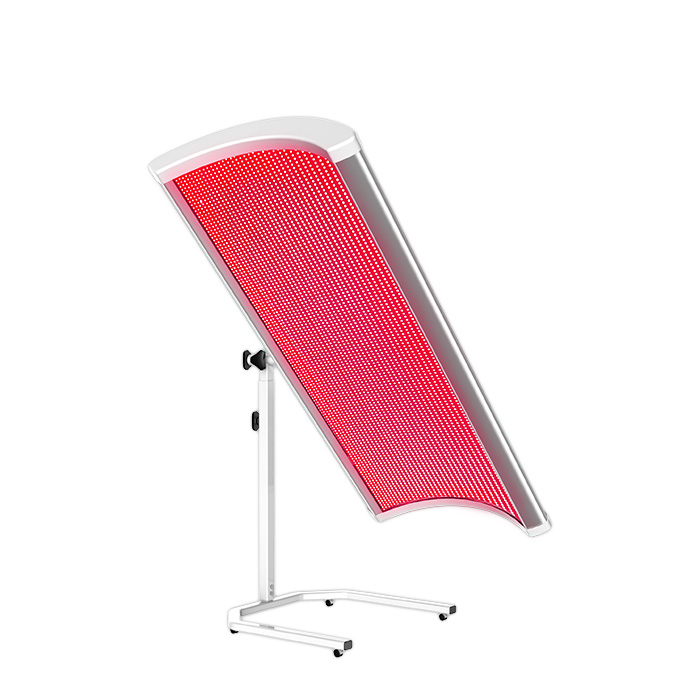L'infertilità colpisce milioni di donne in tutto il mondo, con cause che vanno dagli squilibri ormonali e alla scarsa funzione ovarica all'endometriosi e al declino legato all'età della qualità delle uova. Mentre sono assistite tecnologie riproduttive (ARTE) come la fecondazione in vitro ha aiutato molte coppie a concepire, Le terapie complementari non invasive stanno attirando l'attenzione—compresa la terapia con luce rossa (RLT).
Le ricerche emergenti suggeriscono che la luce rossa e vicina può supportare la salute riproduttiva migliorando la funzione mitocondriale, Migliorare la circolazione sanguigna, e promuovere la riparazione dei tessuti. Esploriamo come la terapia a luce rossa può aiutare a migliorare la fertilità femminile.
Cos'è la terapia della luce rossa?
La terapia con luce rossa utilizza lunghezze d'onda di basso livello di rosso (630–660nm) e luce a infrarossi vicino (810–850 nm) Per stimolare la guarigione e la produzione di energia a livello cellulare. Queste lunghezze d'onda penetrano in profondità nei tessuti, dove migliorano la funzione mitocondriale, la "centrale elettrica" della cellula, che si sta allattando per una migliore salute cellulare, rigenerazione, e riduzione dell'infiammazione.
Come la terapia con luce rossa supporta la fertilità
1. Migliora la funzione ovarica
La funzione ovarica sana è essenziale per la maturazione delle uova e la produzione di ormoni. La terapia con la luce rossa può aiutare a migliorare l'efficienza mitocondriale nelle ovaie, Il che è particolarmente importante dallo sviluppo delle uova di potenza dei mitocondri. Gli studi hanno dimostrato che le donne con scarsa riserva ovarica possono beneficiare della terapia della luce mirata all'addome inferiore o alla parte bassa della schiena.
2. Migliora il flusso sanguigno agli organi riproduttivi
La terapia con luce rossa migliora la circolazione sanguigna stimolando la produzione di ossido nitrico e la vasodilatazione. Aumento del flusso sanguigno alle ovaie e all'utero significa migliore erogazione di ossigeno e nutrienti, Creazione di un ambiente ottimale per lo sviluppo del follicolo e l'impianto di embrioni.
3. Riduce l'infiammazione e supporta la guarigione
Condizioni come l'endometriosi o la malattia infiammatoria pelvica (Pid) può avere un impatto negativo sulla fertilità. Gli effetti antinfiammatori di Red Light possono aiutare a ridurre l'infiammazione cronica nei tessuti riproduttivi e supportare la guarigione naturale.
4. Migliora la qualità delle uova
Man mano che le donne invecchiano, L'attività mitocondriale nelle uova diminuisce, portando a una qualità dell'uovo inferiore. Aumentando le prestazioni mitocondriali, La terapia con luce rossa può aiutare a ringiovanire le cellule uova e migliorare la loro qualità, un fattore essenziale nel successo del concepimento.
5. Regola l'equilibrio ormonale
Squilibri ormonali come il basso progesterone, disfunzione tiroidea, o sindrome dell'ovaio policistico (PCOS) può ostacolare l'ovulazione. La terapia con la luce rossa supporta la funzione endocrina e può aiutare a regolare la produzione ormonale in modo naturale.
6. Supporta il successo della fecondazione in vitro
Alcune cliniche di fertilità in Giappone e in Europa hanno riportato tassi di successo della fecondazione in vitro più elevati tra le donne che hanno usato la terapia della luce rossa o vicina prima o durante i loro trattamenti per la fertilità. Mentre sono necessarie ulteriori ricerche, Questi primi risultati sono promettenti.
Supporto sicuro e non invasivo
La terapia con luce rossa è priva di droghe, indolore, e terapia non invasiva con effetti collaterali minimi. Può essere usato a casa con un pannello a luce rossa o in clinico sotto guida professionale. Per scopi di fertilità, I trattamenti sono spesso focalizzati sull'addome inferiore o sulla schiena, A seconda della condizione che viene affrontata.
Conclusione
Mentre la terapia con luce rossa non è in sostituzione di trattamenti per la fertilità medica, può servire da supporto, strumento naturale per migliorare la salute riproduttiva. Dal miglioramento della qualità delle uova e del flusso sanguigno all'equilibrio degli ormoni e alla riduzione dell'infiammazione, Red Light Therapy offre speranza alle donne che cercano di ottimizzare la loro fertilità.
Consultare sempre uno specialista della fertilità o un operatore sanitario prima di iniziare qualsiasi nuova terapia, Soprattutto se stai subendo un trattamento di fertilità medica.


